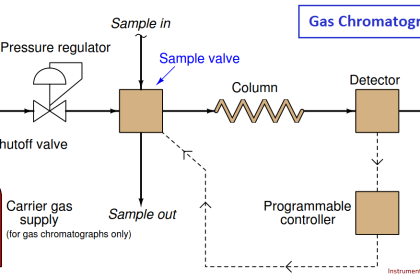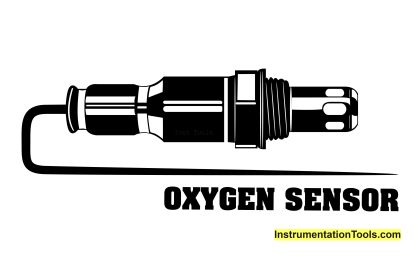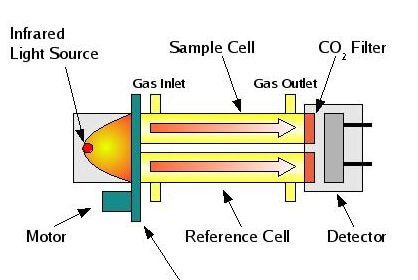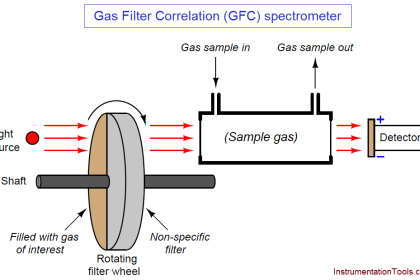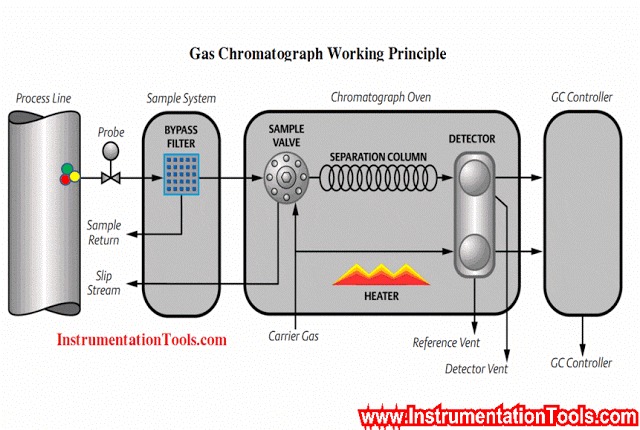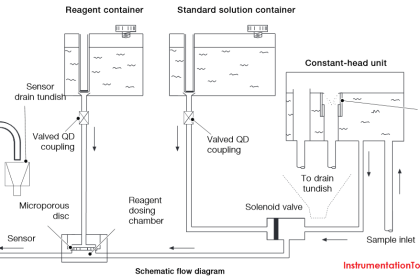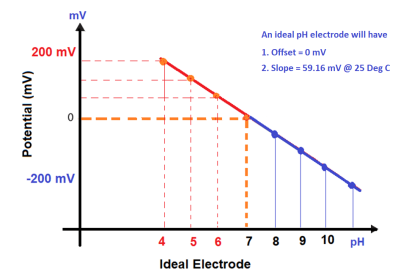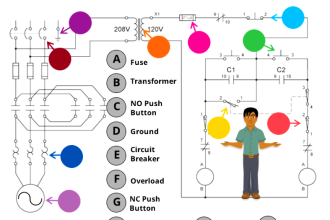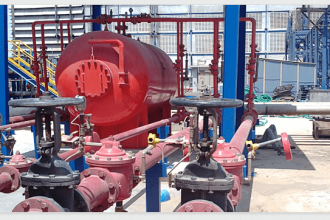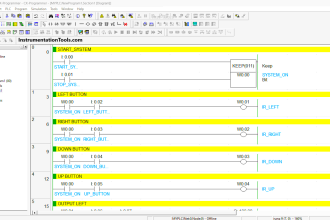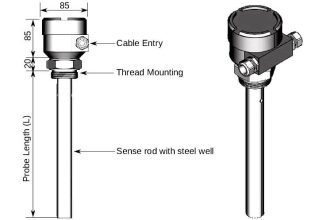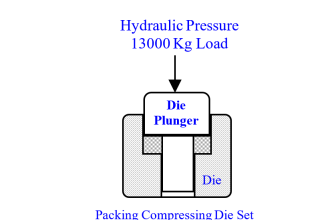A change in resistance with change in humidity is taken as a measure of humidity.
This is type of Electrical Humidity sensing Absorption Hydrometer, know more about mechanical humidity sensing methods using Hair Haydrometer.
Description:
The main Parts of this arrangements are, two metal electrodes which are coated and separated by a humidity sensing hygroscopic salt (lithium chloride). The leads of the electrodes are connected to a null – balance wheat stone bridge.
Operation:
When the humidity of the atmosphere is to be measured, the electrodes coated with lithium chloride are exposed to atmosphere. Humidity variation causes the resistance of the chemical (lithium chloride) to change. That is, the chemical absorbs moisture or loss moisture and causes a change in resistance.
Higher the humidity (RH) in the atmosphere more will be the humidity absorbed by lithium chloride and lower will be the resistance.
Lesser the humidity (RH) in the atmosphere less will be the humidity absorbed by lithium chloride and higher will be the resistance.
The change in resistance using a Wheatstone bridge and this change in resistance becomes a measure of humidity (RH) present in the atmosphere.
Applications
- These hydrometers are used under constant temperature conditions to measure humidity of atmosphere.
- The accuracy of this instrument is in +/- 25%.
- The response is of the order of few seconds.
Limitations
- These instruments should not be exposed to 100% humidity as the resulting absorption by the chemical (lithium chloride) might damage the instrument.
- If these devices are not used under constant temperature conditions, temperature correction must be made.

